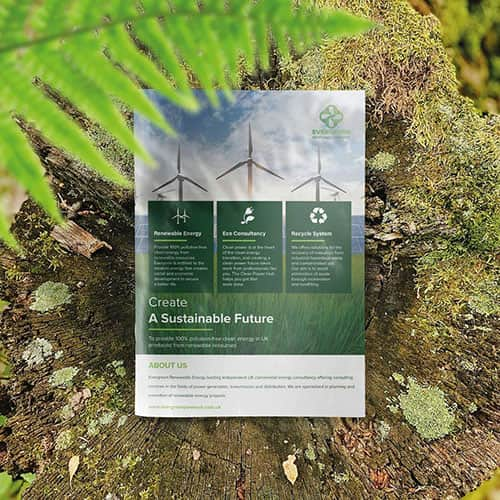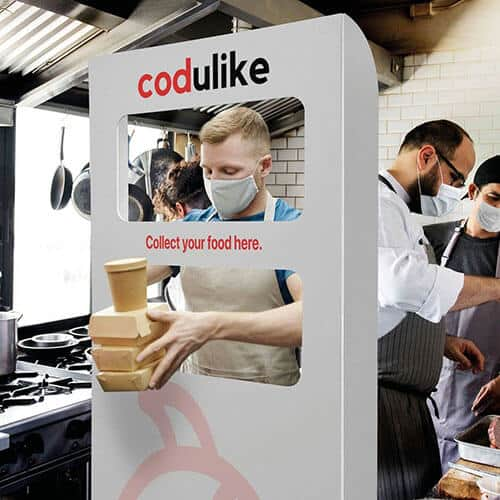Your website looks brilliant on a desktop. Clean layout, beautiful images, everything perfectly positioned. Then someone opens it on their phone, and it’s a complete mess. Text too small to read, buttons impossible to tap, images loading at snail’s pace. They leave within seconds, and you’ve lost a potential customer before they even knew what you offered.
Over 60% of web traffic now comes from mobile devices, yet countless businesses still treat mobile as an afterthought. The truth is, if your site doesn’t work beautifully on a phone, you’re turning away more than half your potential customers. A website that’s easy to navigate, fast to load, and visually appealing on a smartphone builds trust, encourages interaction, and drives conversions.
If you’re looking to optimise your site for mobile users, this guide covers practical, professional, and actionable tips for mobile website design that actually work. From layout and typography to loading speed and user engagement, we explore strategies that help your visitors stay longer, explore more, and take action.
At Printingprogress, we’ve been helping businesses across the UK with impactful web solutions. Our expertise in mobile website design, combined with our background in graphic design, illustration, and web solutions, allows us to craft sites that are not only visually stunning but also highly functional across all devices. Call us on 0800 999 1094 or email info@printingprogress.co.uk to discuss your project today.
Printingprogress delivers mobile website design solutions that enhance user experience, boost engagement, and ensure seamless navigation across all devices.
Why A Mobile-First Strategy Is Valuable For Your Business
In 2025, mobile-first thinking is shaping business growth, as companies that prioritise mobile experiences see higher engagement, faster conversions, and stronger brand credibility. Here’s why adopting this approach can make a real difference for your website and your business:
1. Improve Visibility On Search Engines
Search engines prioritise mobile-friendly websites. A mobile-first approach ensures that pages load quickly, display correctly on all devices, and adhere to best practices for responsive design, which can significantly enhance search rankings.
2. Enhance User Engagement
Mobile users expect clarity and ease of use. By designing for small screens first, designers focus on essential content, readable text, and intuitive navigation, thereby keeping visitors engaged for longer periods.
3. Optimise Load Times
Smaller devices often rely on slower connections. Mobile-first websites prioritise lightweight assets, compressed images, and streamlined code, which reduces load times and improves overall performance.
4. Support Conversions
Whether the goal is completing a purchase, submitting an inquiry, or downloading a resource, a mobile-first layout ensures key actions are visible and easy to complete, increasing the likelihood of user interaction.
5. Adapt To Future Devices
Designing with mobile as the starting point makes it easier to scale for new devices and screen sizes. This approach ensures longevity and flexibility, enabling the website to remain relevant without requiring major redesigns.
A mobile-first strategy means designing your website with mobile users in mind first, then adapting it for tablets and desktops. This approach ensures that the most important content is immediately accessible, navigation is simple, and the overall experience feels seamless.
Essential Mobile Website Design Tips For Better User Experience
A well-executed mobile website design ensures that your audience can navigate, read, and interact with your content effortlessly. Here are the core strategies to achieve this:
1. Use A Responsive Design
A responsive layout automatically adapts to different screen sizes, from smartphones to tablets. This flexibility prevents awkward zooming or horizontal scrolling, creating a consistent experience across devices. It also ensures that images, text, and interactive elements maintain proper proportions, which is vital for both usability and accessibility.
2. Design With A Mobile-First Approach
Starting with mobile design allows you to focus on core functionality and essential content. This approach prioritises speed, simplicity, and usability from the beginning, rather than retrofitting desktop features onto small screens. By thinking mobile-first, your site becomes leaner, faster, and more intuitive for the majority of users who browse on their phones.
3. Prioritise Content And Clarity
Mobile users want quick access to the most important information. Keep text concise, break content into short paragraphs, and use clear headings to enhance readability. Choose legible fonts with good contrast and avoid overly decorative styles that strain the eyes. Focus on the content that drives action, whether that’s a contact form, product details, or service descriptions.
4. Simplify Navigation And Interaction
Menus should be simple and easy to use. Hamburger menus or collapsible navigation allow users to find what they need without cluttering the screen, making navigation easier. Buttons and links should be large enough for touch interaction, reducing frustration from accidental taps. Clear and prominent calls to action (CTAs) encourage users to engage without having to search for next steps.
5. Optimise Performance And Load Times
Page speed is crucial for mobile website design. Compress images, use modern formats like WebP, and minimise unnecessary code. Implement caching and consider using a Content Delivery Network (CDN) to ensure your content loads quickly, regardless of your users’ locations. A fast site keeps visitors engaged and simultaneously improves search engine rankings.
6. Design Vertically And Keep It Clean
A single-column layout supports natural scrolling on mobile screens. Avoid cluttered layouts and remove elements that distract from the main content. Every visual or interactive component should serve a clear purpose, guiding the user toward your primary goals.
7. Implement Mobile-Specific Features
Small but thoughtful features enhance mobile usability. Avoid intrusive pop-ups that frustrate users. Include “back to top” buttons on long pages, sticky navigation bars for easy access, and ensure forms are easy to fill out on smaller devices. These tweaks significantly improve engagement and reduce bounce rates.
8. Test On Real Devices
Simulators are helpful, but testing on actual smartphones and tablets provides insight into real-world performance. Check load times, touch accuracy, readability, and overall navigation. Regular testing ensures your mobile website design remains user-friendly as devices and operating systems evolve.
By integrating these strategies, businesses can deliver a truly responsive, fast, and user-friendly experience. A well-designed mobile site not only satisfies visitors but also strengthens brand credibility and encourages conversions.
CONTACT PRINTINGPROGRESS
Conclusion
Building websites that deliver brilliant experiences across all devices requires expertise, planning, and understanding of how people actually use their phones and tablets. At Printingprogress, our Web Progress team specialises in creating bespoke web solutions that work beautifully whether visitors use phones, tablets, or desktops.
We’ve been helping businesses establish strong online presence since 2008, combining cutting-edge mobile website design with practical functionality that drives real results.
From custom mobile applications to fully responsive websites and bespoke CRM development, we create digital solutions that enhance service, boost sales, and keep you ahead of the competition. We’re not just designers and developers, we’re problem solvers who love challenges and delivering solutions that make businesses thrive.
Our team brings over fifty years of combined creative experience, the latest technologies, and genuine passion for helping businesses succeed online. Contact us today on 0800 999 1094 or email info@printingprogress.co.uk to discuss how we can create web solutions perfectly tailored to your business needs.


 Eco friendly, sustainably sourced recycled FCS certified print
Eco friendly, sustainably sourced recycled FCS certified print Takeaway Screens
Takeaway Screens Postal Boxes
Postal Boxes